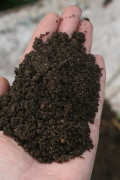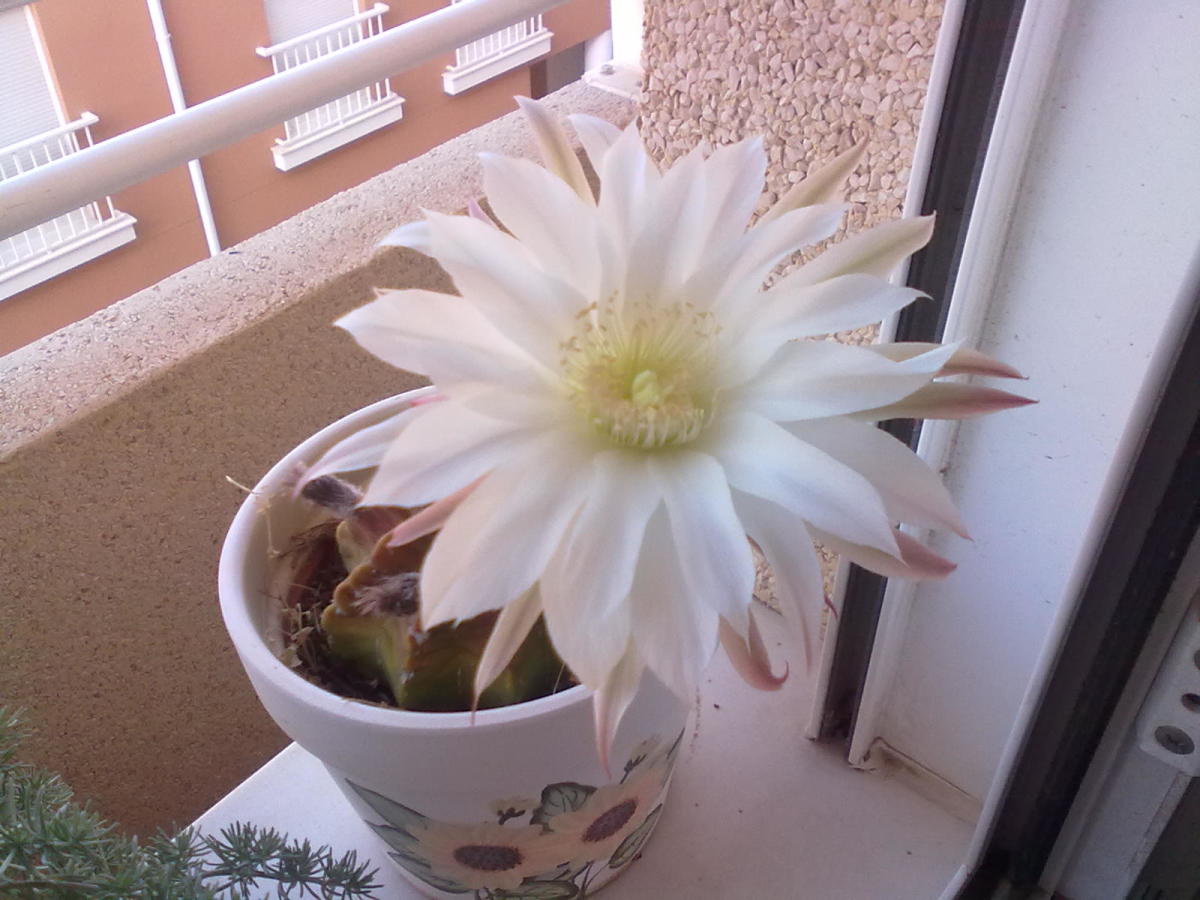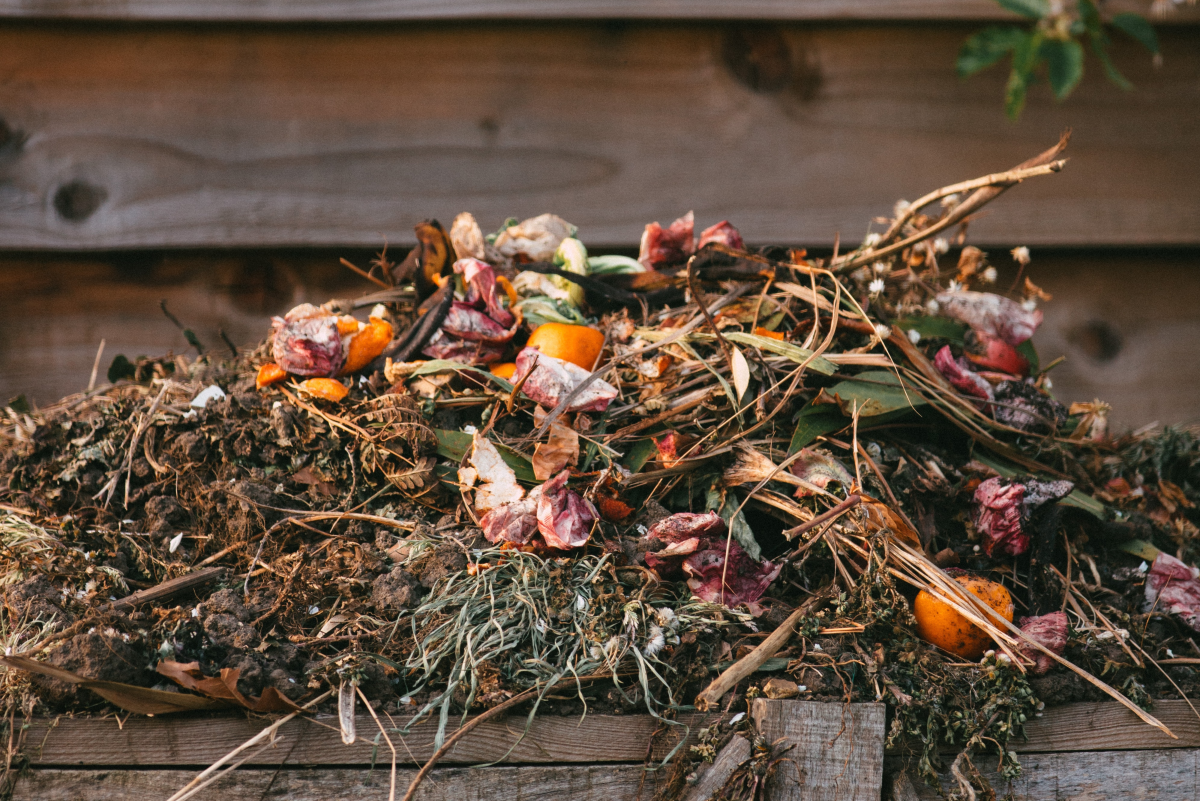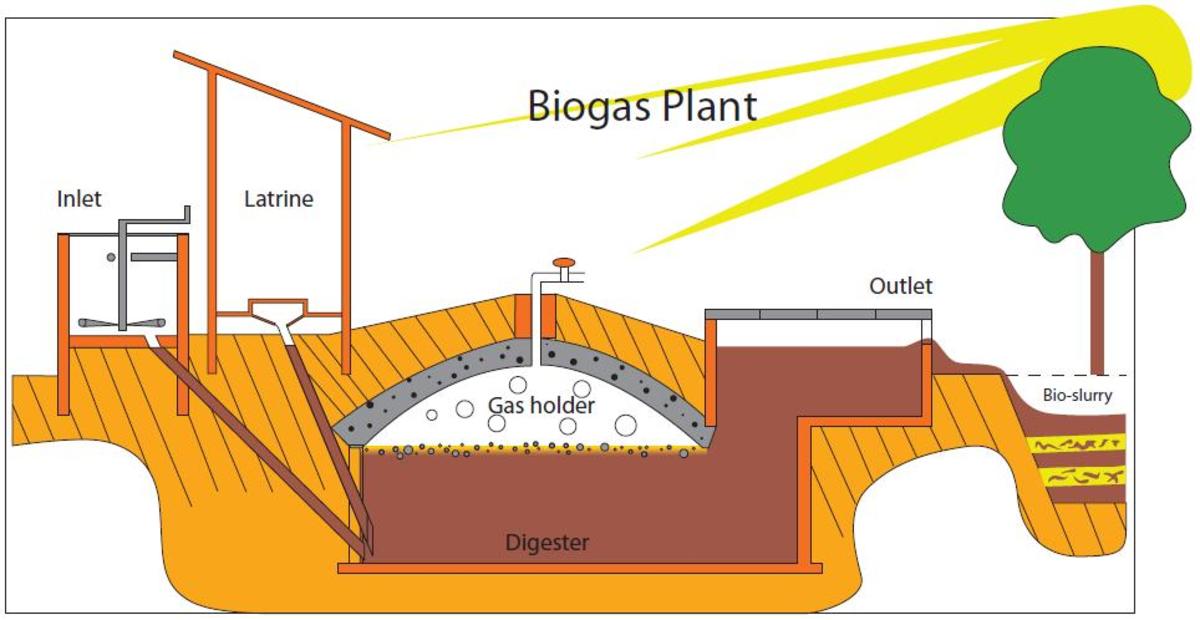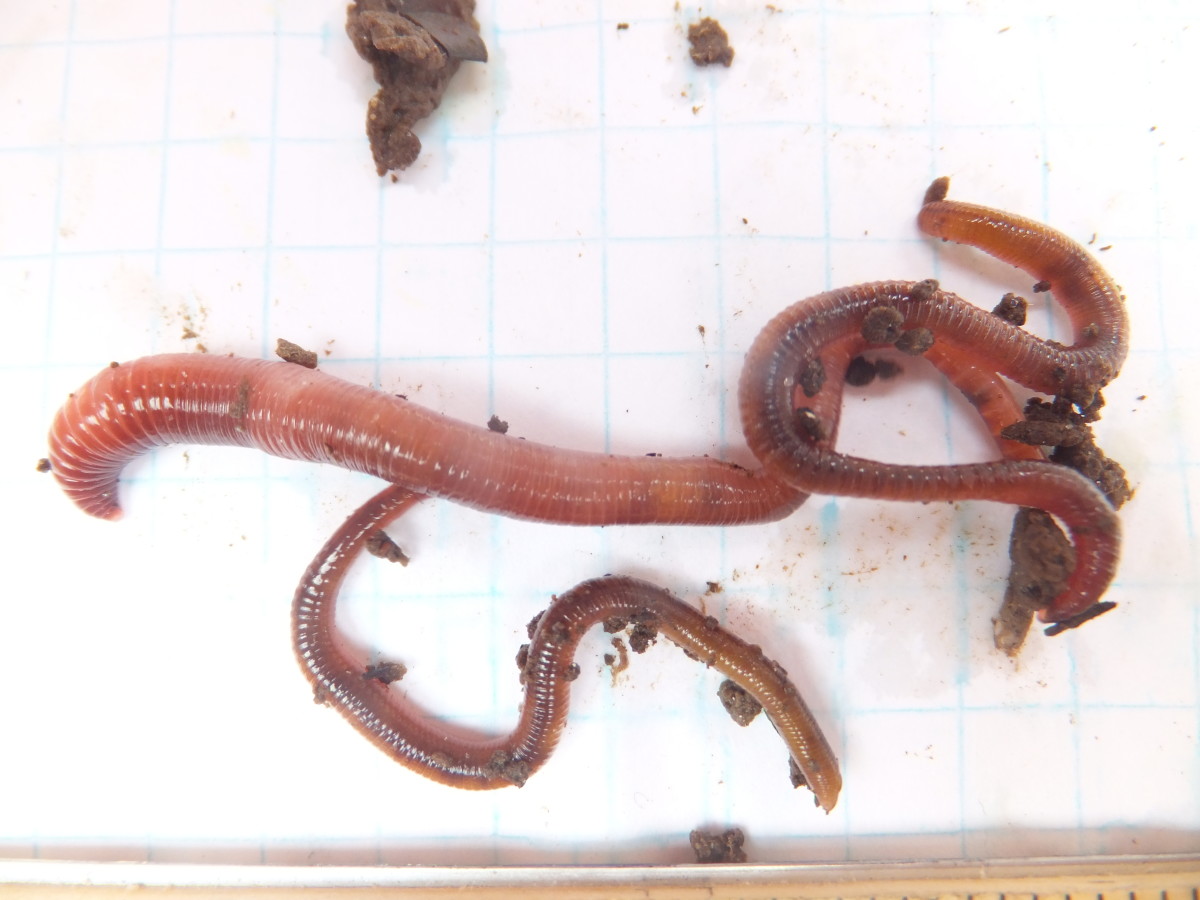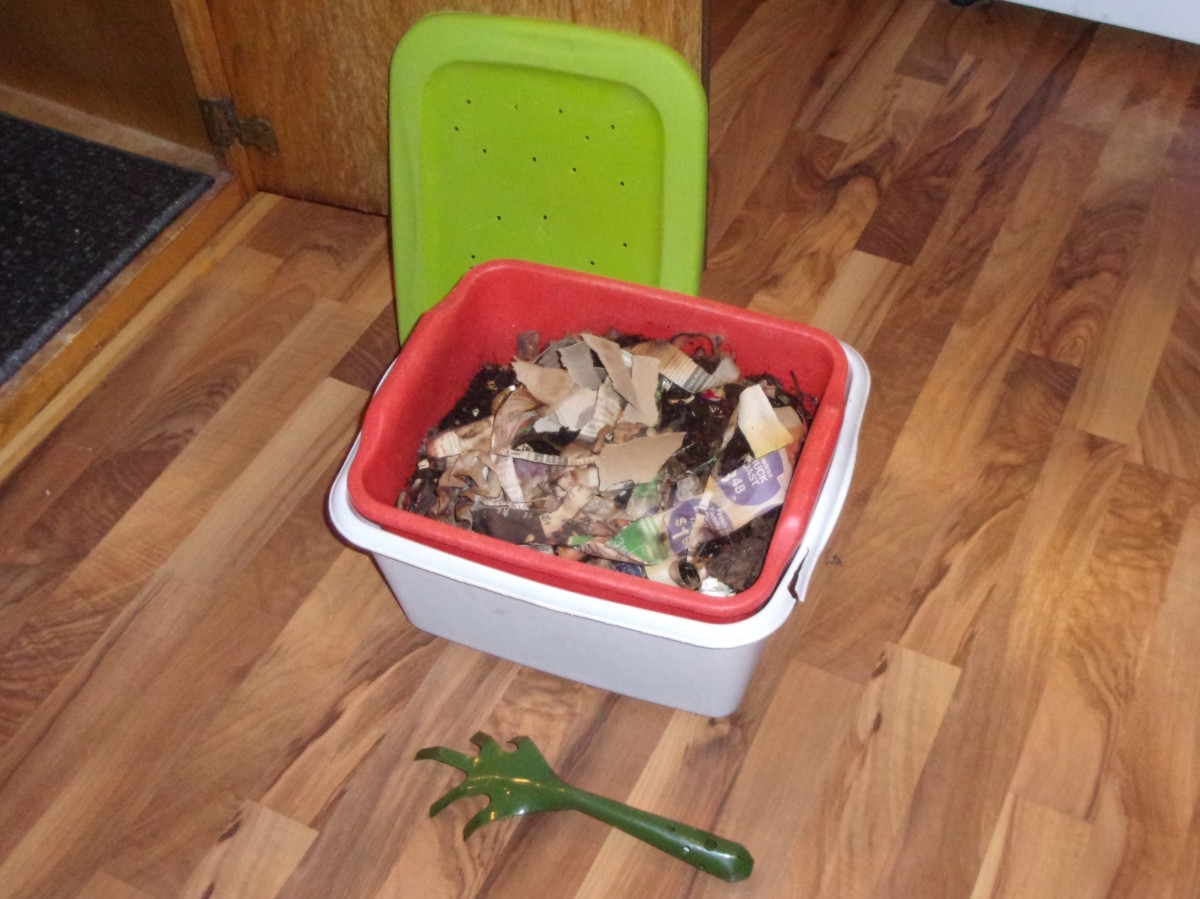- HubPages»
- Home and Garden»
- Gardening»
- Fertilizers & Compost
How to Make Your Own Compost for Free
Creating your own compost at home is a great way to add goodness and nutrients in to the soil of your garden. Not only will it save you money on buying composts, fertilisers and other products but it will also help to make use of items that normally would be thrown away. Homemade compost is completely natural and safe and other than the purchase of the actual bin, is completely free.
Grass cuttings from your lawn, hedge trimmings, vegetable peelings and crushed egg shells are just a few of the household items that can be added to your compost mix. Reusing these items saves space in your rubbish bin, reduces waste and creates a useful and environmentally friendly end product. Homemade compost is ideal for adding to the existing soil in your garden to help improve it or it can be mixed with bought compost and used for growing plants in pots and raised beds. This mix can also be used to plant seedlings.
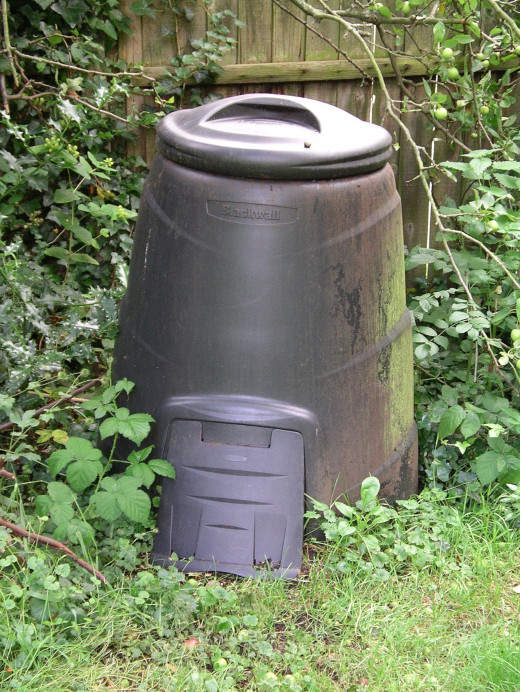
By making your own free compost you can be certain about what has gone into producing it. You can also reduce your carbon footprint by recycling items that are normally thrown away and by not buying products that may have travelled many miles to reach the shops. Compost made at home will also be 100% peat free which has benefits the environment by lessening the peat that is removed from bogs. The removal of peat causes a loss of habitat for many varieties of wildlife including butterflies, dragonflies, birds and plants. The extraction of peat from bogs also causes huge amounts of carbon dioxide to be released into the atmosphere.
Compost is a nutrient rich food product that will help feed your garden plants as well as improving soil structure and regulating moisture levels.
Getting Started
All you need to start creating your own free compost is a compost bin or space to create a compost heap. A variety of plastic bins can be bought from garden centres or online. Some councils offer reduced priced bins to help encourage people to composts so it is worth enquiring if yours do. Many councils now also offer food and garden waste collection services for people who are unable too or do not wish to compost these items for themselves.
Old pallets are idea for building a homemade compost bin. Three or four can simple be screwed together to create a box in which ingredients can be placed. You do not need to line the pallets or worry about filling in the gaps between the wooden slats. These help to allow air into the heap and break down the plant matter more efficiently. Compost bins can be constructed from leftover timber from other projects or created by using old drums or bins. These work best if they have holes drilled in the sides to allow for air flow. Ideas, instructions and plans showing how to build your own compost bins can be found in many gardening books and online. At its simplest waste can be composted by simply creating a heap of leaves, vegetable peelings, grass cuttings, cardboard etc. on a sheet of plastic or similar to separate it from the ground and covered to stop it becoming too wet in bad weather.
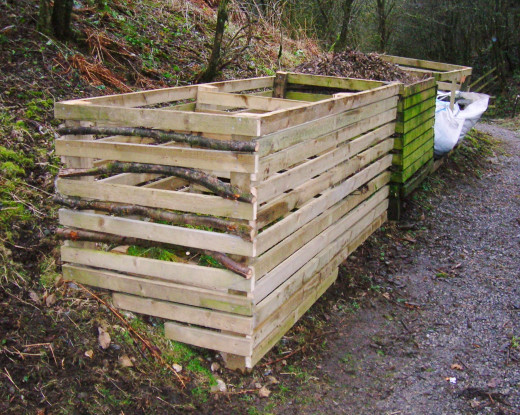
Creating your heap
Some items are more suitable than others when it comes to creating good compost. Too much of some ingredients can make your compost heap become smelly. slimy and unpleasant. The wrong balance can also affect the decomposition of the compost and mean it takes much longer to be ready to use.
Regardless of the kind of container you have chosen for your compost, the process of adding ingredients is the same. Adding too much brown material will cause the heap to take a long time to break down and too much green material will result in a slimy, smelly heap. It is important to get a good balance of ingredients within the compost so that it can be broken down effectively. The mixture should be roughly between 3 parts brown material to 1 part green to half and half of brown and green. You may need to experiment a little with what works well with what materials you have on hand and your particular compost bin. Build the heap in layer as much as possible and if needed water should be added to keep it damp but not wet.
‘Brown materials’
Dried leaves and small twigs
Wood chippings (unless chemically treated)
Straw and hay
Crushed egg shells
Cardboard such as egg boxes
Vacuum cleaner bad contents
'Green materials’
Used tea bag
Coffee grounds
Vegetable peelings and scraps
Fruit peelings and scraps
Salad scraps
Any fruit, vegetables and salad that has become old and unsuitable for eating
Grass cuttings
Fold flowers and plants
Hedge clippings
Shredded or scrunched up paper or newspaper, torn up 100% cotton clothing, and hair can also be added in moderation.
Cooked foods and things such as pasta and bread can cause your compost to become slimy and stop the heap from heating up enough.
Do not add items such as meat, bones, fish, fatty food waste, dairy products, used cat litter or any diseased plant material. These items can have a negative effect on the composting process and in some cases can carry harmful bacteria or diseases. Meats, fatty foods and fish products can also attract the attention of rats and other wild or domestic animals.
During the process of being broken down composting materials ideally need to be mixed and turned. This helps to keep air flowing and encourage decomposition. Turning the pile helps to encourage the right kind of bacteria, keep the heap smelling pleasant and speed up the entire process. Aim to turn your compost a few times a month. If you have a heap this can be done easily using a fork. Some plastic compost bins have a frame so that they can be spun to turn the contents. Others may need to be emptied, shaken or inverted.
If your compost is too wet add in more brown materials, mixing them throughout the heap when you next turn it. A dry heap that does not seem to be rotting down needs more green materials to be added. After between 9 and 12 you should have a nice, crumbly dark brown and earthly smelling material to use all in your garden. It may still contain small pieces of eggshell or twigs which is quite normal. These can be taken out or dug into the soil along with the compost.
© 2013 Claire


